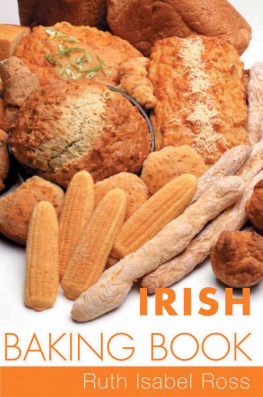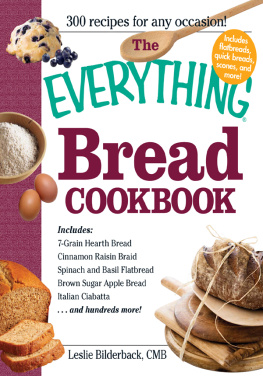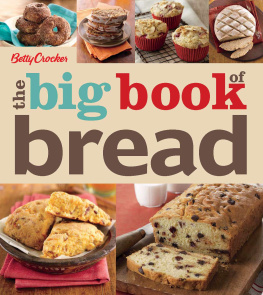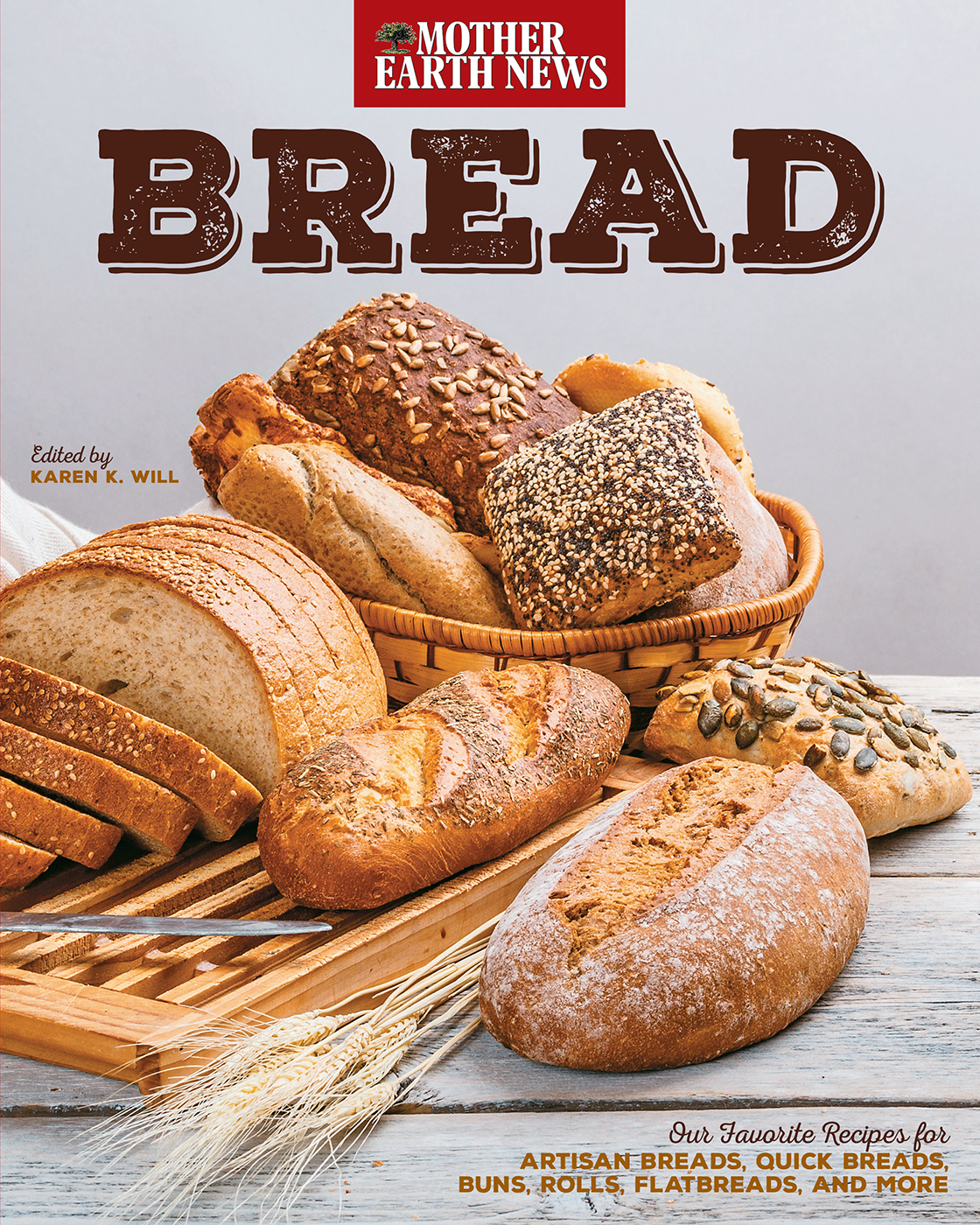First published in 2015 by Voyageur Press, an imprint of Quarto Publishing Group USA Inc., 400 First Avenue North, Suite 400, Minneapolis, MN 55401 USA
2015 Quarto Publishing Group USA Inc.
Text 2015 Ogden Publications
All rights reserved. With the exception of quoting brief passages for the purposes of review, no part of this publication may be reproduced without prior written permission from the Publisher.
The information in this book is true and complete to the best of our knowledge. All recommendations are made without any guarantee on the part of the author or Publisher, who also disclaims any liability incurred in connection with the use of this data or specific details.
We recognize, further, that some words, model names, and designations mentioned herein are the property of the trademark holder. We use them for identification purposes only. This is not an official publication.
Voyageur Press titles are also available at discounts in bulk quantity for industrial or sales-promotional use. For details write to Special Sales Manager at Quarto Publishing Group USA Inc., 400 First Avenue North, Suite 400, Minneapolis, MN 55401 USA.
To find out more about our books, visit us online at www.voyageurpress.com.
Digital edition: 978-1-6278-8776-2
Softcover edition: 978-0-7603-4844-4
Library of Congress Cataloging-in-Publication Data
Bread by Mother earth news : our favorite recipes for artisan breads, quick breads, buns, rolls, flatbreads, and more / edited by Karen K. Will.
pages cm
ISBN 978-0-7603-4844-4 (sc)
1. Bread. I. Will, Karen K. II. Mother earth news.
TX769.B77255 2015
641.815--dc23
2015011952
Acquisitions Editor: Thom OHearn
Project Manager: Caitlin Fultz
Art Director: Cindy Samargia Laun
Cover Design: Amy Sly
Book Design and Layout: Diana Boger
On the front cover: grafvision/Shutterstock

BREAD
Our Favorite Recipes for
ARTISAN BREADS, QUICK BREADS, BUNS, ROLLS, FLATBREADS, AND MORE
Edited by
KAREN K. WILL

Contents
Guide

Preface
M y dad was the baker in our family when I was a kid. Once a week or so he would be up early in the morning and get the oven going. I would wake up to that smellmaybe the best smell in the worldbaking bread.
He says he baked just because he loved warm, fresh bread, and he couldnt talk Mom into tackling the project. So he would put the dough out to rise one evening a week and then get up early the next morning to bake two or three big loaves of dense, white bread.
It was all part of an idiosyncratic breakfast he loved to make for himself. In fact, my dad still approaches breakfast in his own unique way, with a sense of real reverence for his favorite foods. His preferred breakfast delicacy is a wedge of chocolate cake with chocolate icing covered in boiled pinto beans. Its not for me, but it is better than it sounds.
Dads second favorite morning meal requires a little more preparation.
Perhaps the most wonderful thing about bread is the extended, sensuous ritual associated with its creation. Dad started in the evening, preparing the dough and filling the house with the cool, sweet smells of wheat and yeast. Then he would have the bread in the oven before dawn so he could cut and serve it before he took his morning shower.
Just before getting in the shower, he would cut a generous slice of the warm breadmore than an inch thickand pour a big helping of Karo-brand white corn syrup over the slice. Then he would go off to the shower and get dressed for his day at the office.
By the time he was dressed, the warm bread would have completely absorbed the syrup to become an original confection: warm, aromatic, and almost unbearably sweet.
When I was a teenager, the popular opinion on white bread and corn syrup was that they were very unhealthy. In fact they were near the bottom of any list of nutritious foods. It is, I think, a tribute to the inherent wholesomeness of fresh-baked bread that my health-minded father maintains this ritual and keeps a bottle of Karo handy.
At the time of this writing, my father is seventy-nine years old and in extremely good health. Most mornings he has yogurt or oatmeal for breakfast. But I wouldnt be at all surprised to catch him at the table some mornings with an inch-thick slab of white bread drenched in white corn syrup.
The soothing ritual of baking bread; the therapeutic aroma that emanates from the oven; the enjoyment we find in a loaf prepared exactly to our taste; and the butter, jam, bacon drippings, or the corn syrup we slather onthese things have health benefits that are difficult to measure.
Bryan Welch
Publisher & Editorial Director,
Mother Earth News
Author of Beautiful and Abundant: Building the World We Want

Before You Begin

FLOUR: BLEACHED VS. UNBLEACHED
When youre shopping for flour, check the packaging. Flour that is labeled unbleached has not been chemically treated; it has simply bleached naturally as it has aged. Bleached flour, on the other hand, has been chemically treated. Unbleached flour is higher in protein than bleached flour and is best used for yeast breads, pastry, Yorkshire pudding, and popovers. Bleached is best used for quick breads, muffins, pie crusts, cookies, and pancakes.
Choose organic flours when possible to avoid pesticide residues and genetically modified ingredients.
THE BEST OILS AND FATS FOR BAKING
Many recipes for quick breads and muffins call for vegetable oil, and more often than not, large quantities (1 cup) of it! The evidence now points to the fact that vegetable oils (canola, safflower, corn, soybean, and generic vegetable) are extremely unhealthy to consume, so we have made efforts to revise our recipes to include healthier alternatives.
Here are a few of our favorite healthy oils and fats that are suitable for cooking and perform well in baked goods:
Virgin coconut oil: Its creamy and buttery with a distinct coconut flavor. An extremely healthy fat, coconut oil is derived from the meat of mature coconuts. Composed mostly of beneficial medium-chain fatty acids, coconut oil resists oxidation and rancidity. Its high in lauric acid, which helps to strengthen the immune system. Coconut oil is solid at temperatures below 70F. When chilled, it can be used as a substitute for shortening in baked goods. When melted, it can be substituted for any kind of oil called for in recipes.
Melted butter: There is nothing better for taste in baked goods than butter. Butter from grass-fed cows contains more beta-carotene, vitamin A, and conjugated linoleic acid (CLA, a good omega-6 fatty acid) than butter from grain-fed cows. A good substitution for vegetable oil in a recipe is half melted butter and half sour cream, e.g., 1 cup vegetable oil = use / cup melted butter + / cup sour cream.













